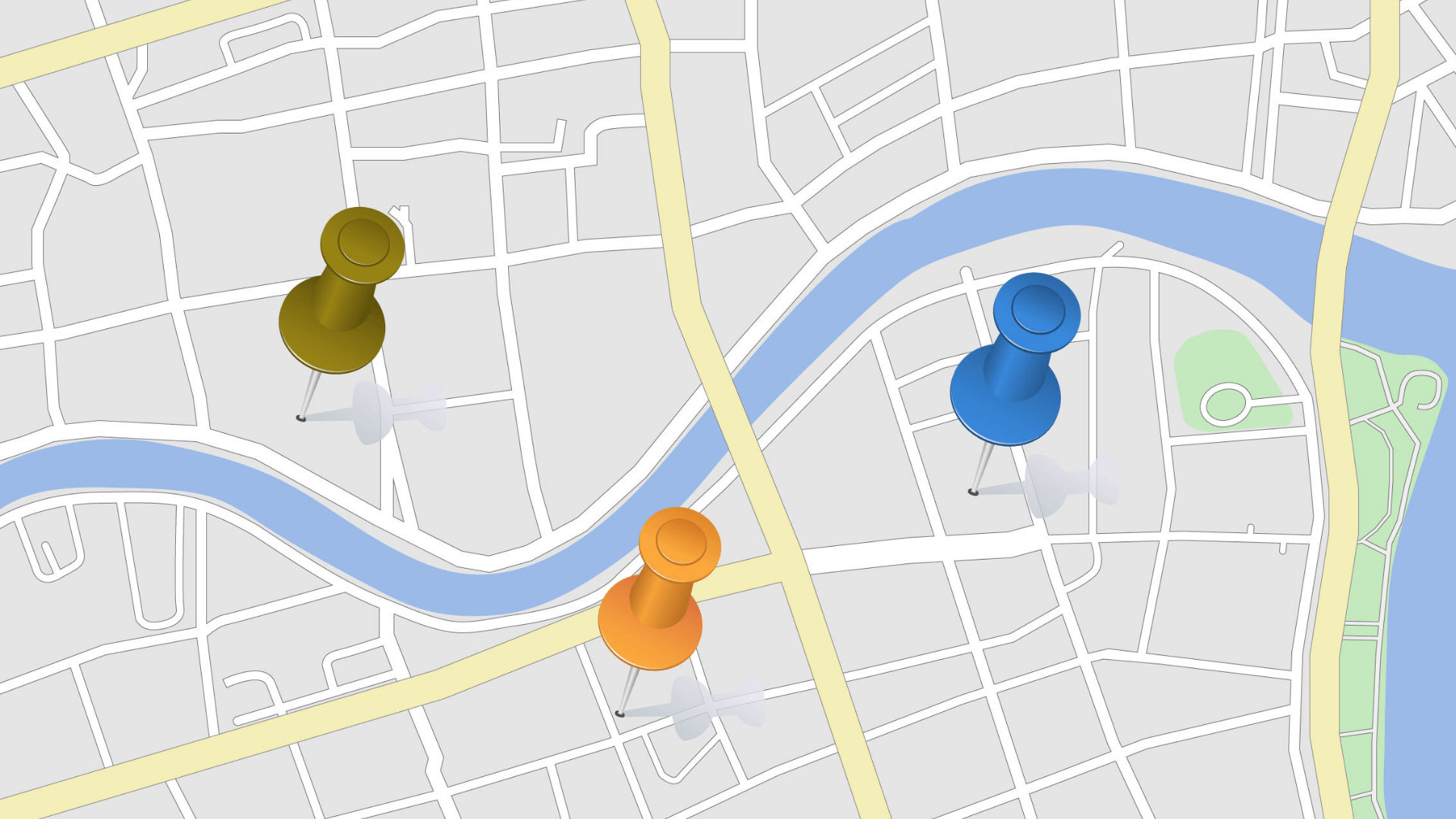Over the last few years, location-based targeting has come to the forefront of marketing through a number of different technologies which allow marketers to target more specific audiences than ever. In a similar vein to other digital marketing tactics such as remarketing and user-id targeting, location-based targeting excels through its ability to target specific users and devices that are more likely to convert, allowing for an advertising budget to be spent more efficiently.
However, as powerful as location-based targeting is, it can be difficult to envision exactly which strategy would be most effective for a given business, especially when there are so many options available nowadays. If you’re in this position, we’re here to help– here are a number of ideas to get you thinking about how you can use location-based targeting as a core part of your marketing strategy.
IP Targeting and Brand Recognition
Brand recognition is a powerful idea and unconsciously steers much of the way that consumers make their purchase decisions. When given the choice between a brand that they are familiar with and a brand they are not, consumers more often than not lean towards the brands they recognize and understand. However, brand recognition isn’t instantaneous– it’s built on the back of repeated exposures. This is where IP targeting can come in. Essentially, IP targeting takes a list of users’ physical addresses and pairs them with their associated IP addresses, allowing for the purchase of ad space on a much more granular method than any traditional marketing method. For brands, this means an opportunity to target exposure on a user-by-user basis, significantly expediting the brand recognition process and priming the audience for further marketing efforts.
The Power of Geofencing
Geofencing is a powerful tool that many businesses are starting to tap into. To explain briefly, geofencing puts a virtual barrier around an area that you choose, allowing ads to be served to anyone whose cell phone signal enters the geofenced area. While the most common application for this kind of targeting is driving traffic to brick and mortar stores, there’s a lot of room for creativity here that businesses are just starting to explore. For example, targeting competitors locations with offers and promotions is a good start for businesses where people shop around or aren’t all that attached to a particular vendor, like a car dealership or a fast food restaurant, but you can also use geofencing to drive in-store participation as well. Sephora uses location-based targeting in combination with their mobile app to enhance the user experience, and some retailers have started offering coupons digitally to customers already inside their store to encourage them to increase their spending. The sky’s the limit with geofencing, and there are all kinds of creative applications waiting to happen.
Proximity Marketing and Beacons
One location-based strategy you may not have heard of is proximity marketing using beacons. Where geofencing is all about creating a virtual boundary to refine your adserve, proximity marketing is all about tracking the way that individuals move within an area through use of a physical object (a “beacon”) that tracks users through bluetooth signals. While there is certainly an opportunity to market directly to those users in the same way as you would through geofencing, the real power of proximity marketing is in analytics. This is because, compared to other methods of location targeting, beacons are more accurate and can map real-time customer movements through the area. This data can then be used to track customer in-store behavior and further refine your marketing strategy. For businesses looking to optimize the customer experience based on empirical data, beacons can be an extremely effective and affordable tool to do so.
Location-based targeting may be powerful, but there’s certainly a learning curve as well. In today’s world of marketing, technology is evolving so quickly that it can sometimes be hard to keep up. This said, location-based targeting is here to stay and presents a wonderful realm of possibility just waiting to be tapped into. Not sure where to get started? Need help implementing your location-based strategy? Concierge Marketing would love to help. Contact us today at (800) 980-7962 to schedule your free 30-minute consultation.

